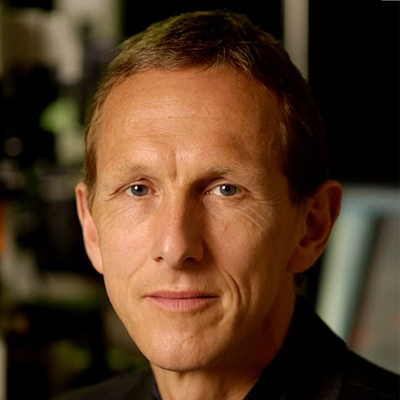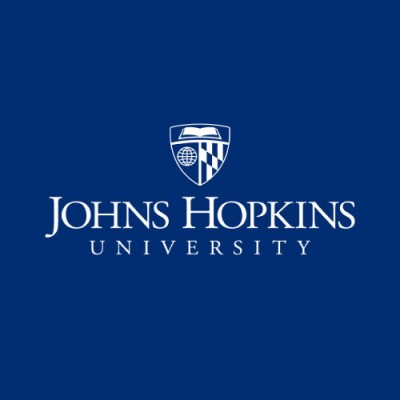Solving complex problems through engineering to produce effective therapies
The blood-brain barrier (BBB) consists of more than 600 km of small vessels that are responsible for delivering the fuel needed to power the brain while at the same time regulating entry of non-essential molecules that could disrupt brain function. Although the blood-brain barrier was discovered more than 100 years ago, it remains the major roadblock in developing therapies to treat central nervous system diseases, such as Alzheimer’s disease and Parkinson’s disease. Advances in this field have been few and far between, in large part due to the limited range of tools and techniques. This is a complex problem where new ideas and non-traditional approaches could have a significant impact. Dr. Peter Searson, Professor at the Institute of Nanobiotechnology at Johns Hopkins University, is using a reverse engineering – a concept widely used to extract fundamental knowledge and design information from man-made devices – to build a functional brain microvessel in the laboratory.
Dr. Season’s team are identifying and creating the individual building blocks, and are learning how they are organized into a functional, three-dimensional tissue. Beginning with the smallest number of components, his team has assembled artificial brain microvessels that mimic those in the BBB. This model allows scientists to study how the BBB works, and to test new therapies to treat diseases of the brain, such as neurodegenerative diseases, brain infections, inflammatory diseases, and brain cancer.
Current research includes:
- Building an Artificial BBB: Combining microfabrication techniques and tissue engineering concepts, Dr. Searson is developing an artificial microvessel platform to recreate the cylindrical geometry and microenvironment of microvessels in the brain. When assembled, these microvessels represent a short section of the BBB and allows his team to study how the BBB functions in real time.
- Stem Cell Engineering: The different cell types that make up the BBB are highly specialized but are not readily available for research. Therefore Dr. Searson’s team is using stem cell technology to create and provide a source of these unique cells. The use of human cells is important in reproducing the structure and function of tissue in the human brain, and represents an alternative to animal models.
- Live Cell Imaging: By placing the artificial microvessels on a microscope, Dr. Searson’s team are able to image the dynamic behavior in real time. From analysis of these movies, Dr. Searson’s team learn how the blood-brain barrier functions, and test ideas for drug and gene delivery.
- Delivering Drugs to the Brain: Dr. Season is developing strategies to deliver drugs and other molecules effectively to the brain. While the brain has evolved to block anything it does not recognize from crossing the BBB into the brain, scientists hope to develop drugs that can effectively bypass or circumvent this security system and therefore treat diseases for which there is currently no effective therapy available. Through collaboration with other engineers and clinicians, Dr. Searson hopes to find clinically-relevant solutions to some of the greatest engineering problems of our time.
Bio
Peter Searson is the Reynolds Professor of Engineering at Johns Hopkins University. He is a professor of Materials Science and Engineering and is Director of the Johns Hopkins Institute for Nanobiotechnology. He received his Ph.D. from the University of Manchester in England and was a postdoctoral associate in the Department of Materials Science and Engineering at MIT. He holds joint appointments in the Department of Physics and Astronomy, the Department of Chemical and Biomolecular Engineering, and the Department of Oncology. He served as Chair of the Department of Materials Science and Engineering from 1997-2003. He is a fellow of the American Physical Society, a fellow of the American Association for the Advancement of Science, and a fellow of the Electrochemical Society. His research interests are in nanotechnology and bioengineering, and he has more than 200 papers in scientific journals.
In his free time, Dr. Searson enjoys running, a lifelong passion that he has continued to foster, and playing guitar. While he admits that “running comes first,” Dr. Searson is intrigued by the merging understanding of the link between exercise and cognitive brain function.


